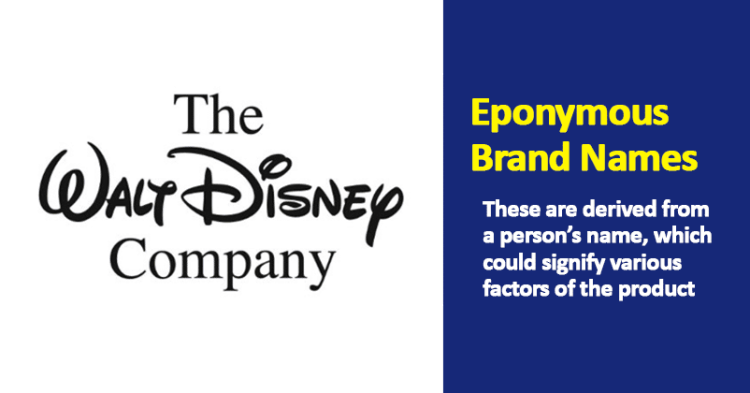While building a brand is no easy task, naming a brand isn’t too. Marketers and founders are going the extra mile to name their brand, for which arduous amounts and efforts are required. However, once a name strikes, many factors get attached to it. Purpose, quality, and even the reputation of a company.
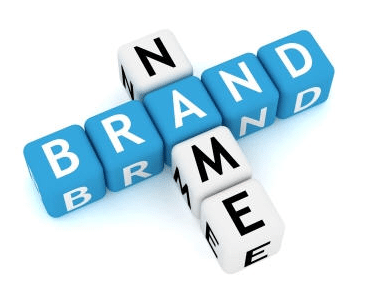
Let’s take a look at some factors that need to be considered while naming a product.
1. Words
Use sufficient and proper words, that don’t involve any negative connotation or meaning.
2. Visuality
People remember more of what they see, rather than what they hear. And hence, a brand’s visual appeal should be strong. Using the color green conveys a sense of calm, whereas red conveys vigor and high energy
3. Recall value
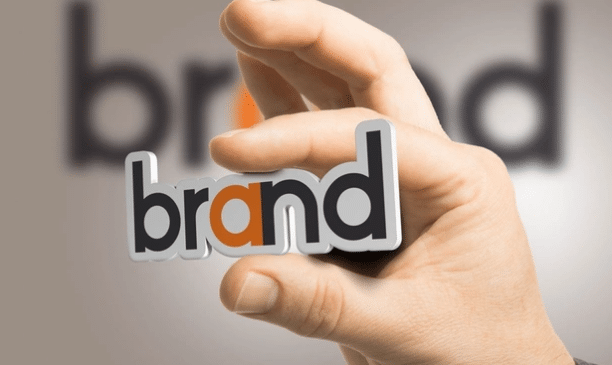
Along with the right word or words, the name should be easy to pronounce, so that it is easy to remember.
4. Exclusivity
It is always better to use a new word or name, which could be an acronym or derived from another language, or a combination of words- to infuse a sense of uniqueness. This also ensures high recall.
Also, similar sounding or meaning names could cause confusion.
5. Relatability
The name should be relatable and ensure a connection with its audience. It builds liking and trust.
Now let’s see the types of brand names, that marketers use in naming one.
1. Abstract brand names
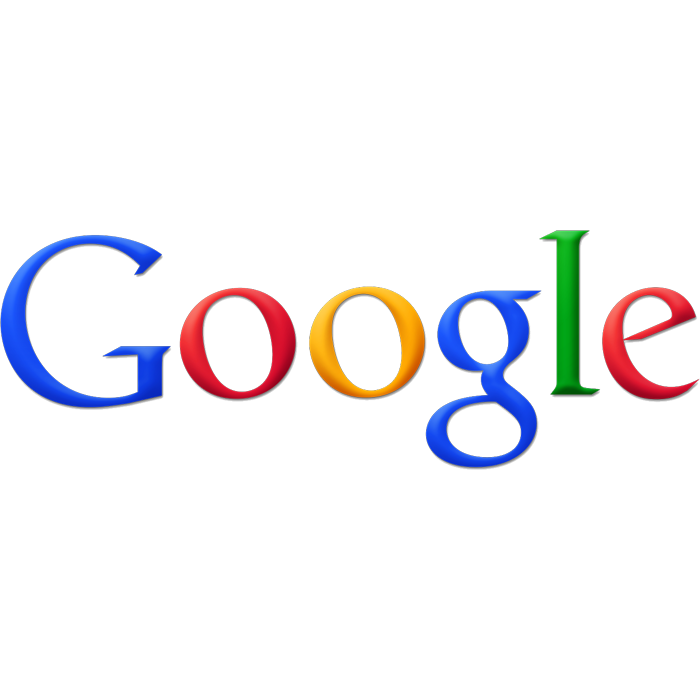
Names of this type have no meaning and rely heavily on phonetics. Using 26 alphabets and 44 common sounds to words, abstract names are memorable and fun. Examples are Rolex, Pixar, and Google.
2. Non-English Brand names

Taking inspiration from other languages, one can name a brand with a relevant word from another language. For example, Lego means ‘play well’ in Danish and Samsung means ‘three stars in Korean.
3. Associative brand names
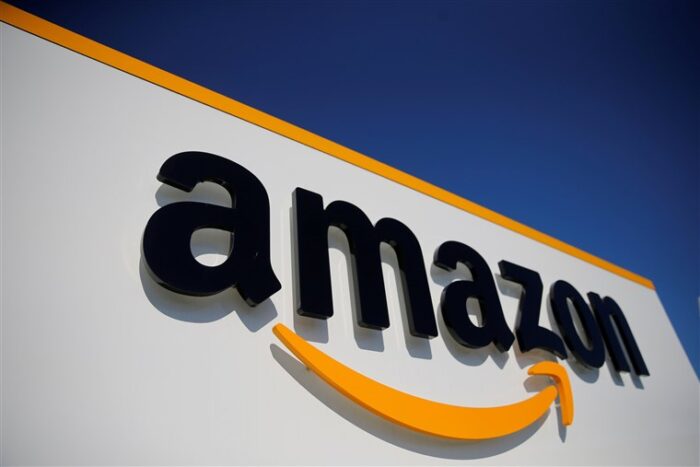
An associative brand name conveys what and how the product or company wants to be seen as. For example, Jeff Bezos named his company Amazon after the longest river in the world, signifying his message of making the company the biggest in the world.
4. Acronym based brand names
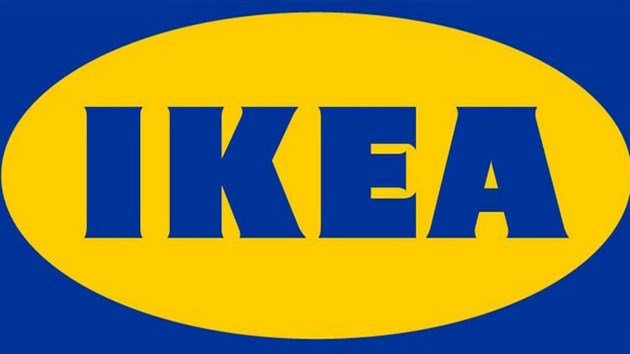
Using the first or last letter or letters, acronym-based brand names can be derived. Also, sometimes this is strategically done, so as cater to changing markets. For example, Hong Kong and Shanghai Banking Corporation are known as HSBC to cater to other markets apart from East Asia. Also, IKEA is named after using the first alphabets of its founder Ingvar Kamprad and the place he comes from- Elmtaryd, Agunnaryd.
5. Descriptive brand names
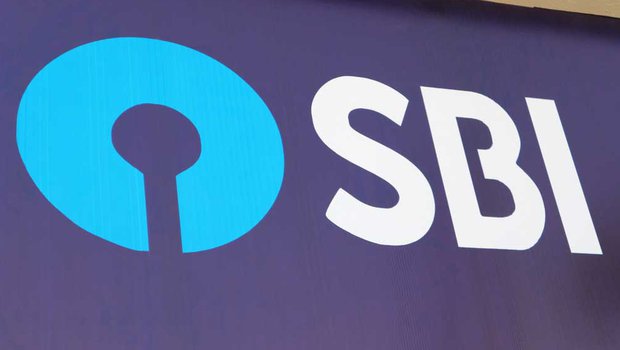
These names describe what a product or company has to offer. Simple and effective type of brand name. For example- Cartoon Network and State Bank of India.
Also Read: Full-Forms Of 10 Popular Brand Names That You Need To Know
6. Eponymous brand names
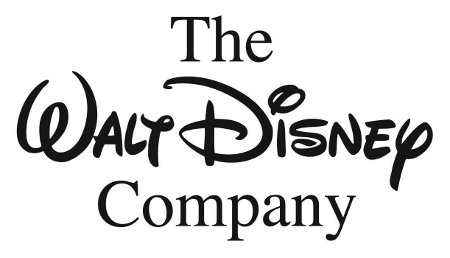
These are derived from a person’s name, which could signify various factors of the product. For example- Disney was named after Walt Disney and Tesla was named after Nikola Tesla.








